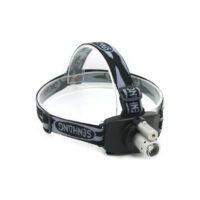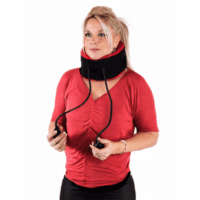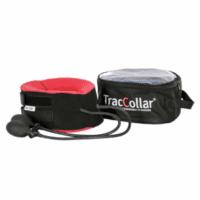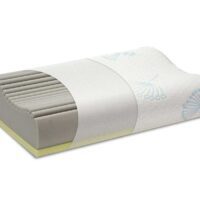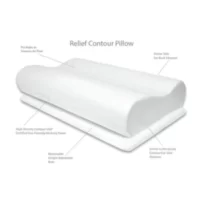Text Neck
Article by John Miller

Text Neck
What is Text Neck?
Text neck, a modern health condition, emerges from prolonged use of handheld devices, which results in a forward and downward tilt of the head. This unnatural posture generates excessive strain on the neck and shoulder muscles, leading to discomfort and persistent headaches.
Symptoms of Text Neck
Let’s explore the symptoms. When you’re afflicted with text neck, you may experience sharp neck pain, shoulder tightness, ongoing headaches, and a noticeable forward lean of the head. If ignored, these symptoms can evolve into more severe issues like inflammation, nerve irritation, and spinal misalignment. This progression may culminate in a pronounced curvature known as dowager’s hump.
Effective Treatment of Text Neck
Addressing text neck effectively requires a comprehensive approach. Physiotherapy stands out as a preferred conservative treatment. Physiotherapists focus on relieving tension, easing pain, and correcting posture. Their toolkit includes exercises, taping techniques, posture braces, and even dry needling.
The treatment journey unfolds over four phases. Initially, it aims to reduce pain and inflammation. Following this, therapists work to restore motion range and muscle strength. The third phase sees patients regaining full functionality. Lastly, preventative strategies help keep text neck at bay. For immediate relief of muscular discomfort, topical treatments such as Fisiocrem prove to be beneficial.

Understanding the Cause
Pondering the origins of text neck, we find that prolonged forward head posture is the primary culprit. This bad habit exponentially increases the pressure on neck muscles and ligaments. A head in a neutral position places around 4.5 to 5.5 kilograms of force on the neck. A mere few centimetres’ forward shift can ramp this up to an overwhelming 30 kilograms.
Prevention is Better Than Cure
To fend off text neck, cultivating good posture and taking regular breaks from handheld devices is crucial. Already experiencing symptoms? It’s wise to consult with a physiotherapist for a precise diagnosis and a customised treatment plan. With the right care, managing text neck and preventing its recurrence is entirely achievable.
Recognising the Signs
Text neck often reveals itself through various warning signs. You might notice immediate or delayed pain in the upper back or neck during device use, or a nagging discomfort and postural fatigue by day’s end. Other telltale signs include general shoulder pain, a visually obvious head-forward posture, and headaches that intensify with computer use or when tilting the head down.
Conclusion: Embracing Technology Responsibly
In summary, text neck is a preventable and manageable condition. Awareness of posture, coupled with disciplined use of technology, can keep the symptoms at bay. Regular breaks and ergonomic adjustments to our devices can mitigate risks. If symptoms arise, prompt action and professional guidance are paramount. With targeted physiotherapy and a proactive stance on health, we can navigate the digital world without falling prey to the pitfalls of text neck.
This article serves as a starting point for individuals to understand, treat, and prevent text neck. By staying informed and attentive to our body’s signals, we can embrace technology without sacrificing our well-being. Should you need some treatment advice, please book an appointment with your physiotherapist.











